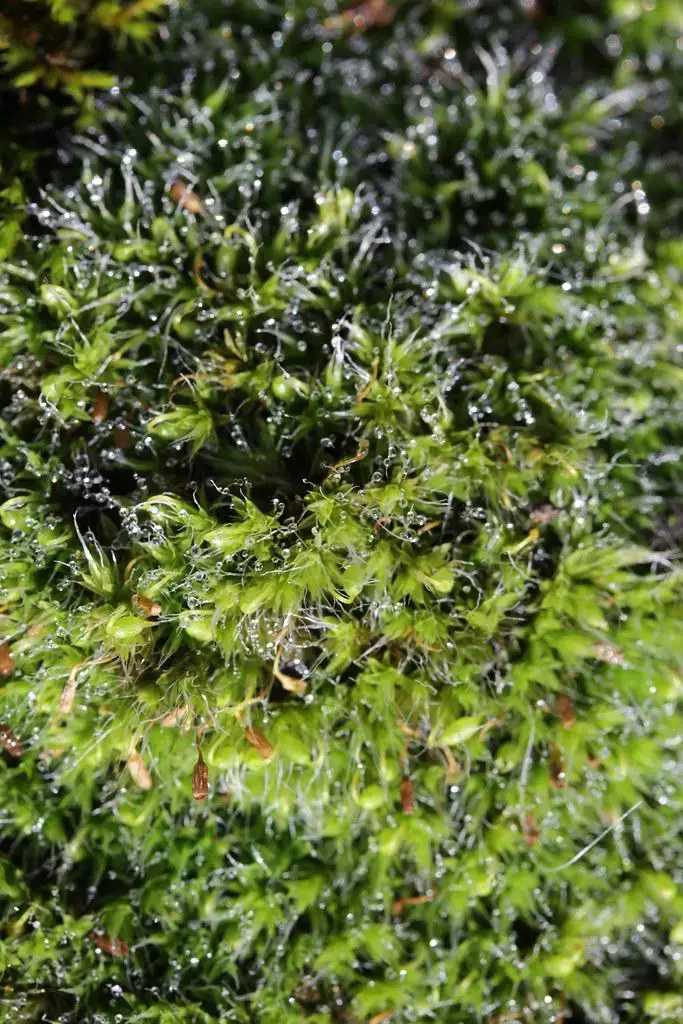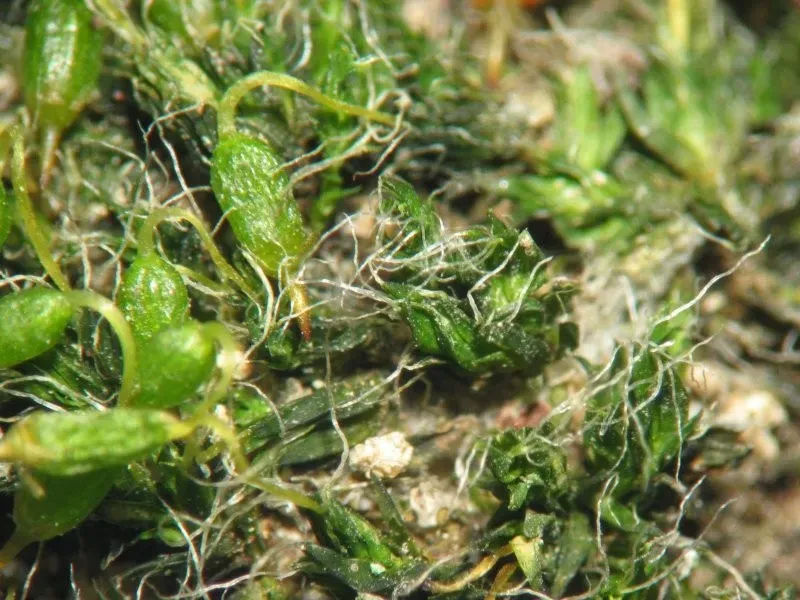
24234187799_7953b171c1_b.jpg from: https://www.flickr.com/photos/40948266@N04/24234187799/
Grimmia pulvinata var. longipila Schimp.: A Fascinating Moss of the Grimmiaceae Family
Introduction
Mosses are often overlooked, but they play important roles in ecosystems around the world. One particularly interesting moss is Grimmia pulvinata var. longipila Schimp., a variety of the species Grimmia pulvinata in the

24306426300_dcbe0fa058_b.jpg from: https://www.flickr.com/photos/40948266@N04/24306426300/
Grimmiaceae family. In this blog post, we’ll take a closer look at this fascinating bryophyte.
Background on Mosses
Mosses are small, non-vascular plants in the division Bryophyta

24522379556_1b0503109f.jpg from: https://www.flickr.com/photos/bushman_k/24522379556
. Unlike other plants, they lack true roots, stems, and leaves. Instead, they have leaf-like structures called phyllids. Mosses reproduce via spores rather than seeds and are found in a wide range of habitats worldwide.
Morphology and Identification
Grimmia pulvinata var. longipila forms rounded cushions on rocks and walls. Its phyllids are lanceolate with hair-points that are longer than the typical variety. The seta (stalk bearing the capsule) is curved when moist. Key identification features:
- Rounded, hoary cushions 1-3 cm tall
- Lanceolate phyllids with long, hyaline hair-points
- Curved seta when moist
- Ribbed capsules on short stalks
Global Distribution and Habitat
This moss has a wide distribution, found in Europe, Asia, Africa, and North and South America. It grows on exposed, sunny rocks and walls, often in urban areas. The hair-points help reflect sunlight and collect moisture from fog and dew.

152562061644136451.jpeg from: https://www.picturethisai.com/ko/wiki/Grimmia_pulvinata.html
Ecological Roles and Adaptations
As a pioneer species, G. pulvinata var. longipila helps initiate biological soil crusts and trap windblown soil, aiding succession. The cushion growth form efficiently retains moisture. In urban environments, this moss can tolerate air pollution and accumulate heavy metals, serving as a bioindicator.

2022-02-25-12-33-01.jpg from: https://www.britishbryologicalsociety.org.uk/learning/species-finder/grimmia-pulvinata/

m-19a3.jpg from: https://www.irishwildflowers.ie/pages-moss/m-19.html

3173-l-2.jpg from: https://www.wildflowers.co.il/hebrew/picture.asp?ID=18315

3173-l-5.jpg from: https://www.wildflowers.co.il/hebrew/picture.asp?ID=19115

grey-cushion-moss-grimmia-pulvinata-HMT4F2.jpg from: https://www.alamy.com/stock-photo-grey-cushion-moss-grimmia-pulvinata-133296102.html
| Feature | Description |
|---|---|
| Growth Form | Rounded cushions |
| Phyllids | Lanceolate with long hair-points |
| Seta | Curved when moist |
| Capsule | Ribbed, on short stalks |
| Habitat | Exposed rocks and walls |
| Distribution | Widespread globally |
Conclusion
Grimmia pulvinata var. longipila Schimp.

Grimmia_pulvinata_001_20-02-2012.jpg from: https://www.naturspaziergang.de/Moose-Flechten/Moose/Grimmia_pulvinata.htm
may be small, but it is a resilient and adaptable moss with important ecological roles. Next time you see a hoary cushion on a rock, take a closer look – it might just be this fascinating variety of Grimmia! What other overlooked organisms in your surroundings have surprising stories to tell?